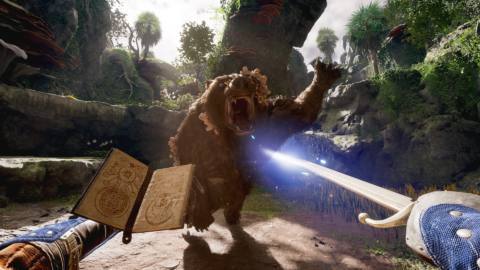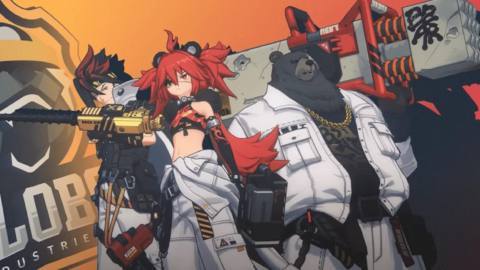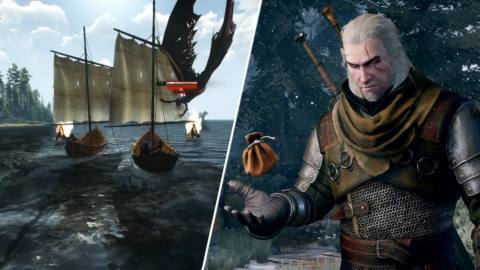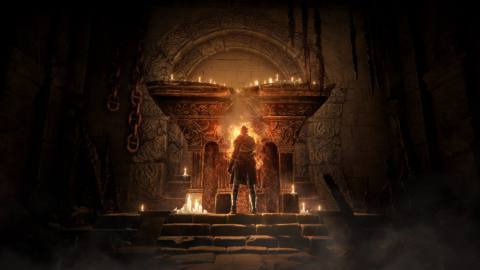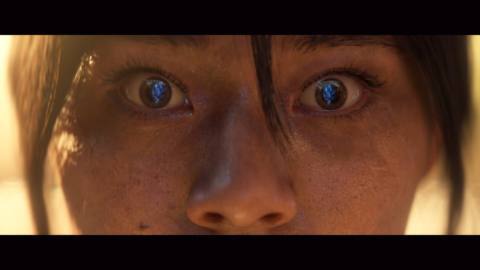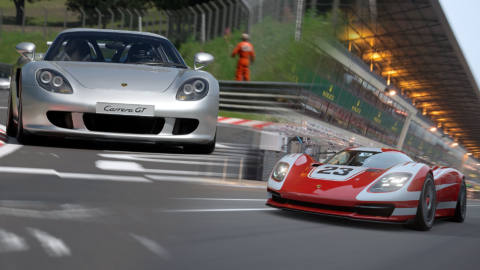
What’s the weirdest thing you have gotten excited about when it comes to the reveal or announcement of a video game? Because people were losing their collective minds on Twitter when Gran Turismo 7 showed off a fairly unspectacular looking map screen at its initial showcase, because the hardcore GT fans thought it potentially meant the return of ‘classic’ Gran Turismo, following the competitive, esports-leaning Gran Turismo Sport. Moments later, further celebration at some footage of a bit of road, one that showed a much-loved classic Gran Turismo track. Then, confirmation! Gran Turismo 7 – the real sequel fans have been waiting years for – was on its way. Racing game Twitter was, as they say, absolute limbs.
Gran Turismo 7 carries itself like an important, classy affair. It’s a far cry from the Fortnite-esque noise and constant barrage of unlocks of Forza Horizon. The introduction sequence features nods to things like reaching the South Pole, the birth of cinema and even the bloody Beatles, subtly implying that – maybe – Gran Turismo is just as important a cultural touchpoint as these things. Some would say confident, some might say well and truly up its own backside. And Gran Turismo 7 is good, fair enough, but come on now.
Once you’ve passed this self-congratulatory intro, that classic GT map screen now acts as a hub for all the different elements of the game itself. Whether you’re buying new or used cars, fitting parts, tuning them, or setting up single or multiplayer races, it all starts with the map screen. However – in what is likely to be the most divisive part of GT7 – before you get started, you have to visit the GT Cafe. Here, you’re given a menu featuring three cars linked by a brand or type. For instance, three Japanese FW drive cars, and you have to take part in races to win these. Complete the menu, head back to the cafe, and you’re given your reward: a car, some money or maybe a token for the GT roulette wheel. A brief history lesson about the cars you just won and you’re onto the next one.


